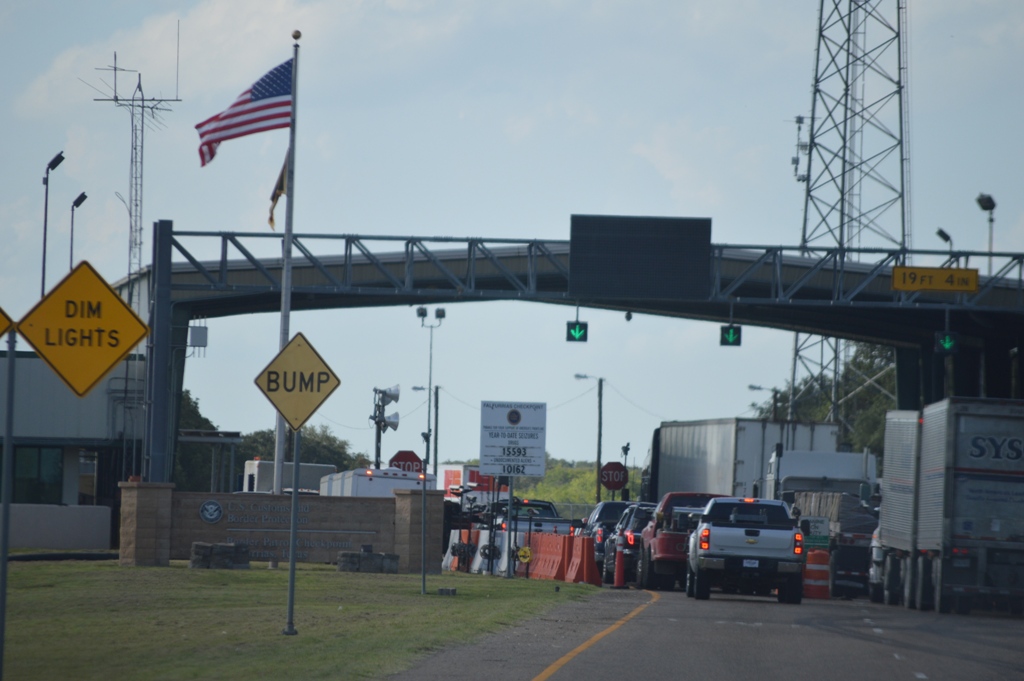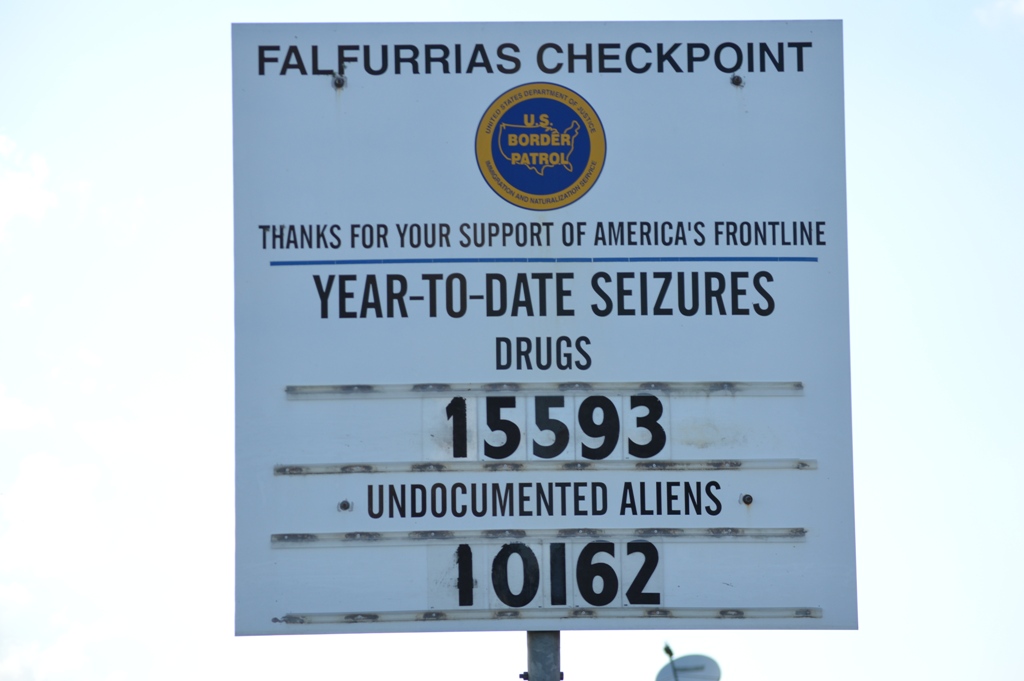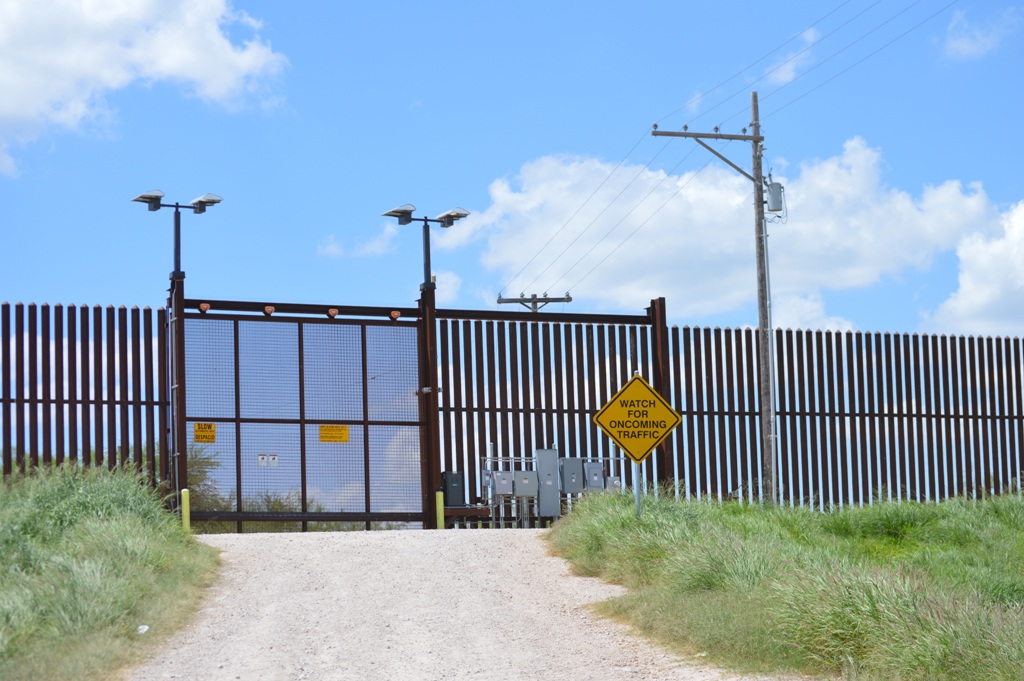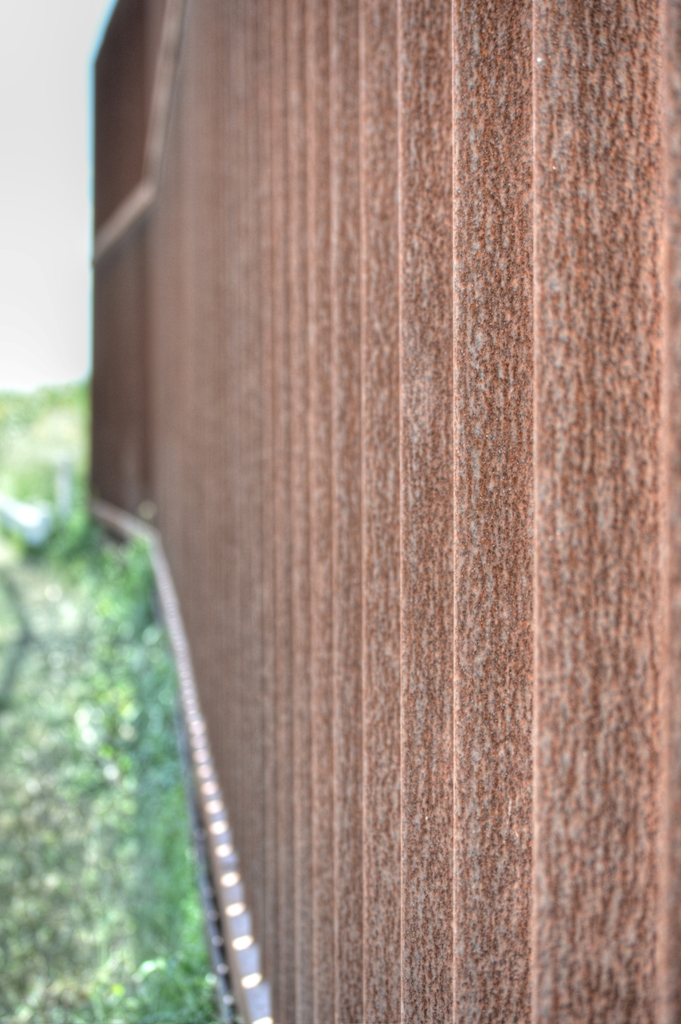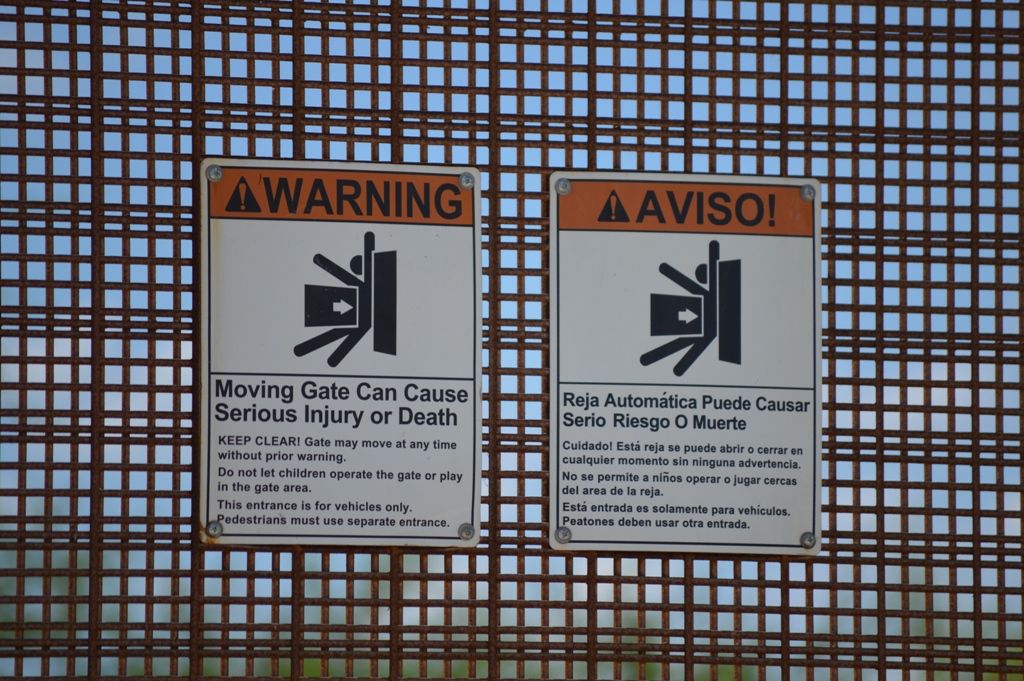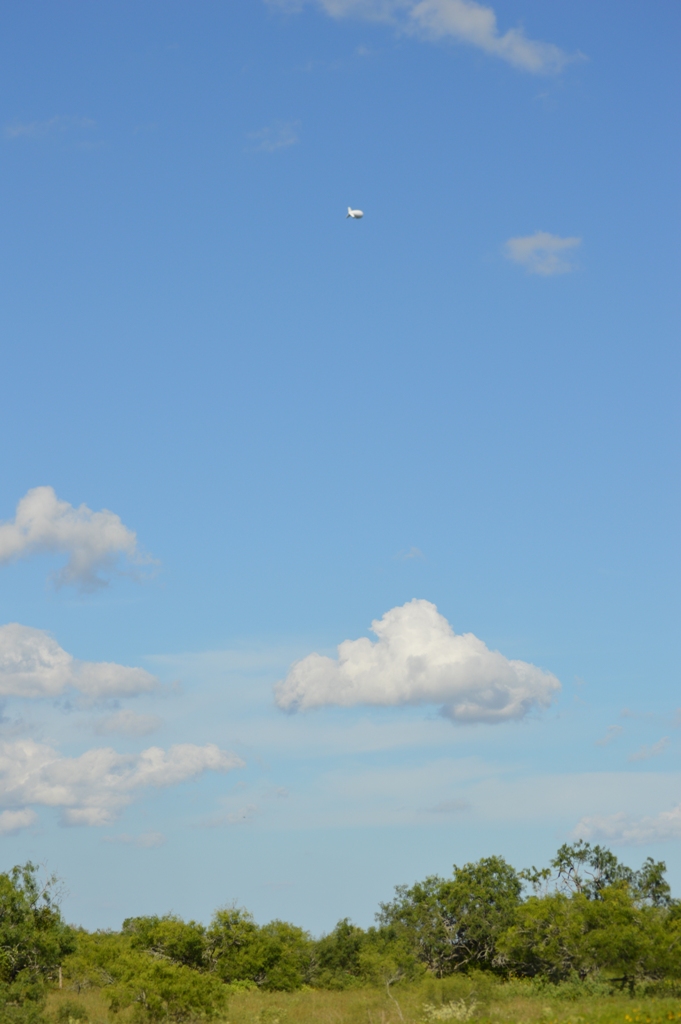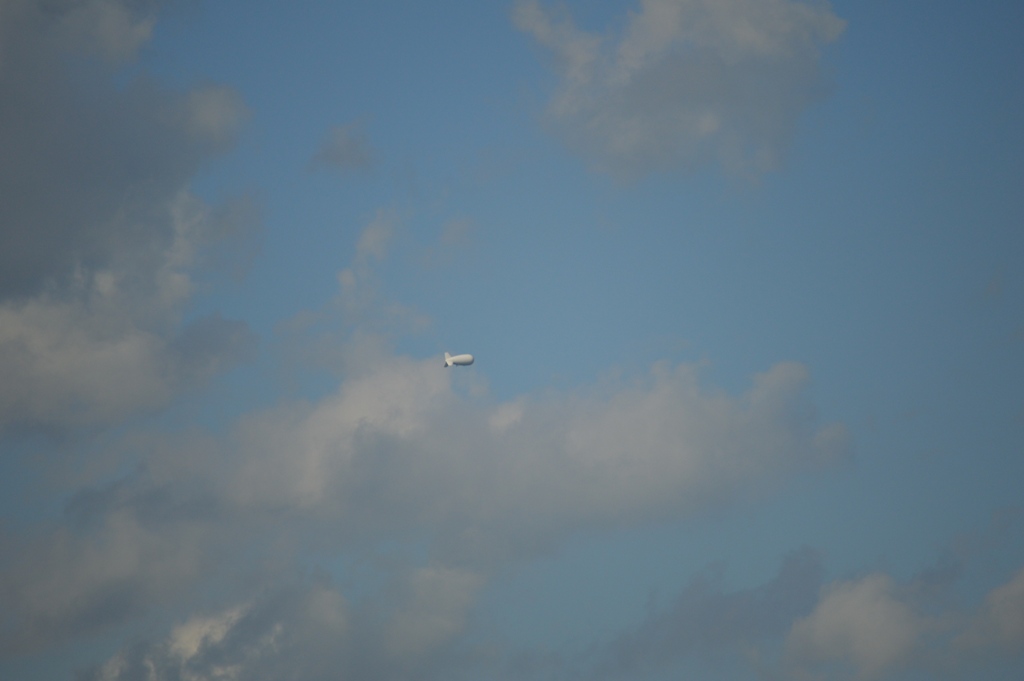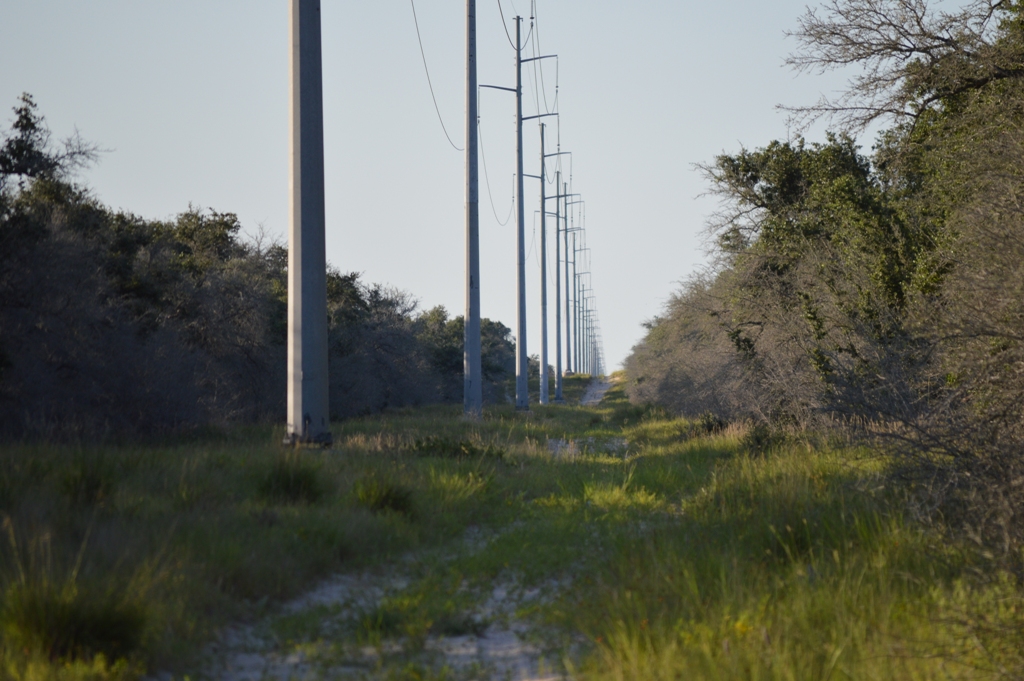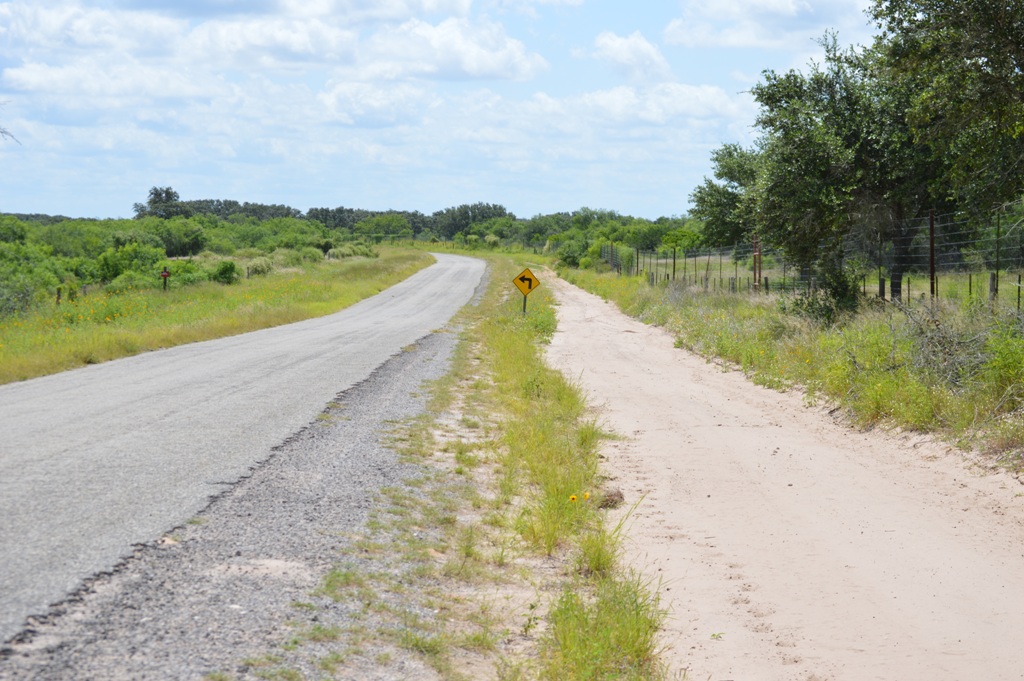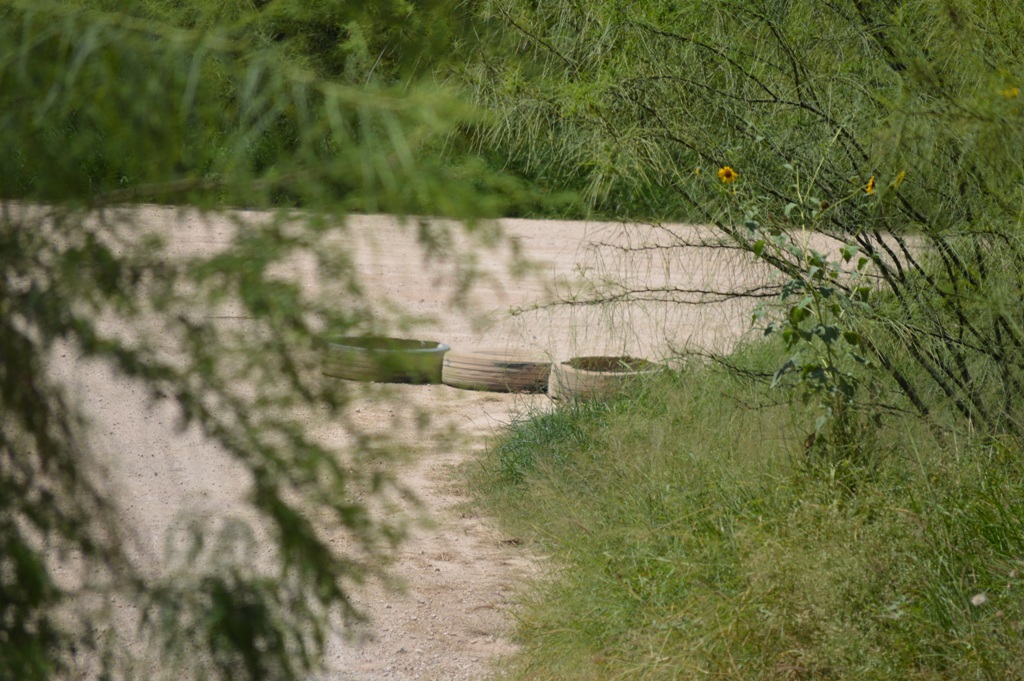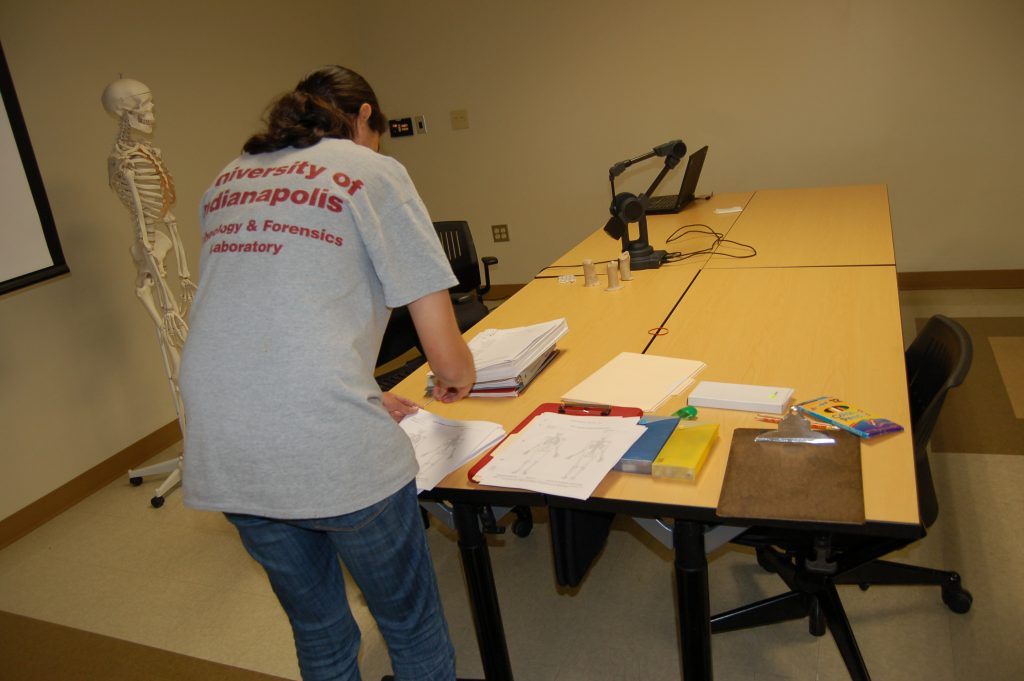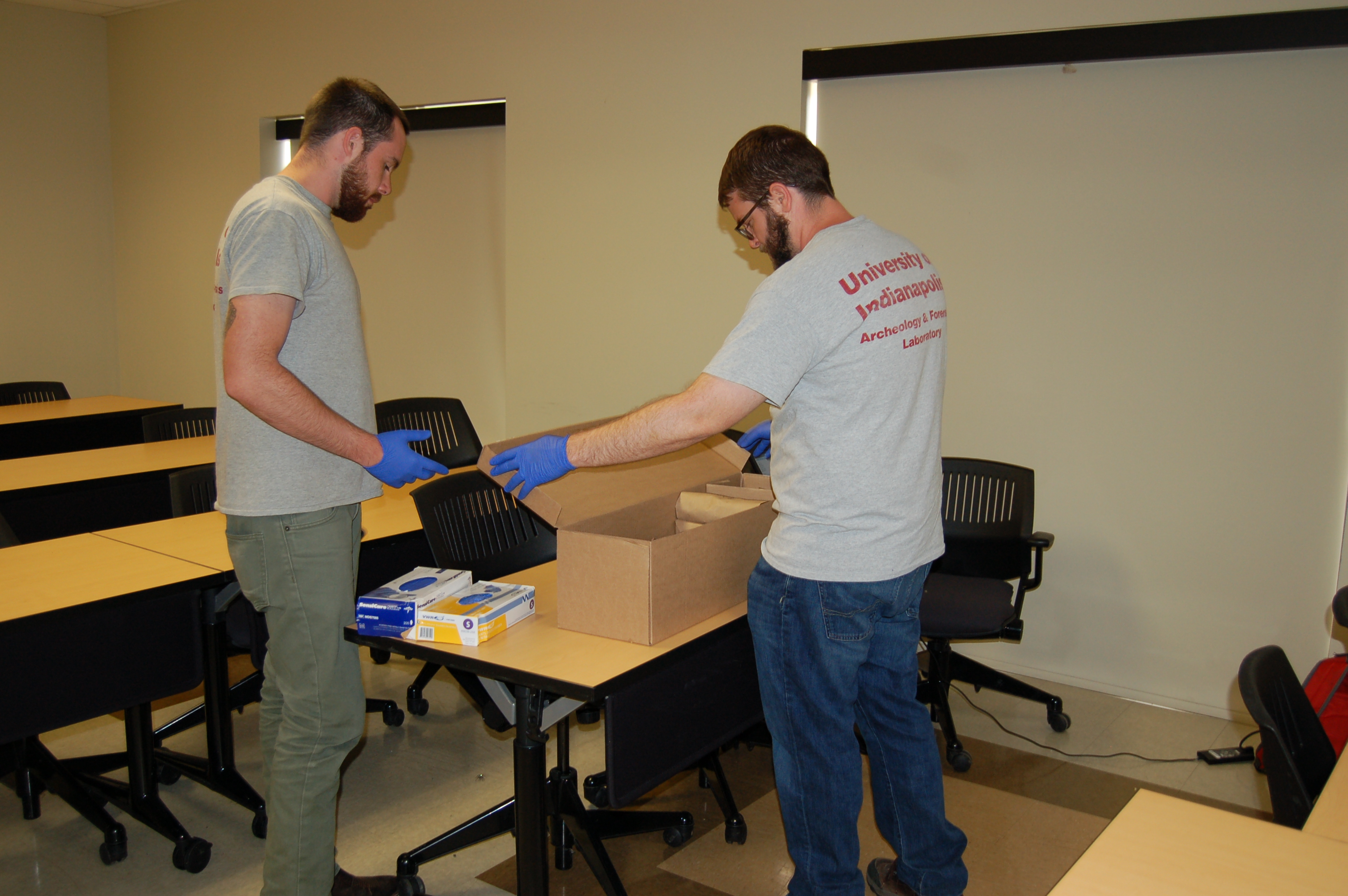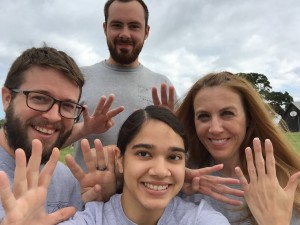
Today we continued skeletal analyses on the unidentified migrants that are being curated at Texas State University. It’s only Wednesday and the team of multiple organizations working at Texas State this week has accomplished a lot. While the skeletal analyses don’t attract as much media attention as the exhumations, this is really the reason that the exhumations were conducted in the first place: to begin a forensic investigation into the identity of these unknown individuals. The team has struggled this week to write blog posts because we are spending our days handling the skeletal remains and we don’t believe it’s appropriate to include photos of the bones in this blog. But there is still a lot of progress being made that needs to be highlighted.
Students from across the country have come to participate in various aspects of the identification process. From processing the remains, to cleaning the personal items, to skeletal analysis, to database entry, to molecular and microscopic analyses. This week demonstrates it truly takes a village to work towards each identification.
Most of the organizations involved are volunteering their time, so the processing and skeletal analyses usually proceed rather slowly. There was a backlog of 15 individuals that have been cleaned but need skeletal analyses and case reports. We are almost to that goal already.
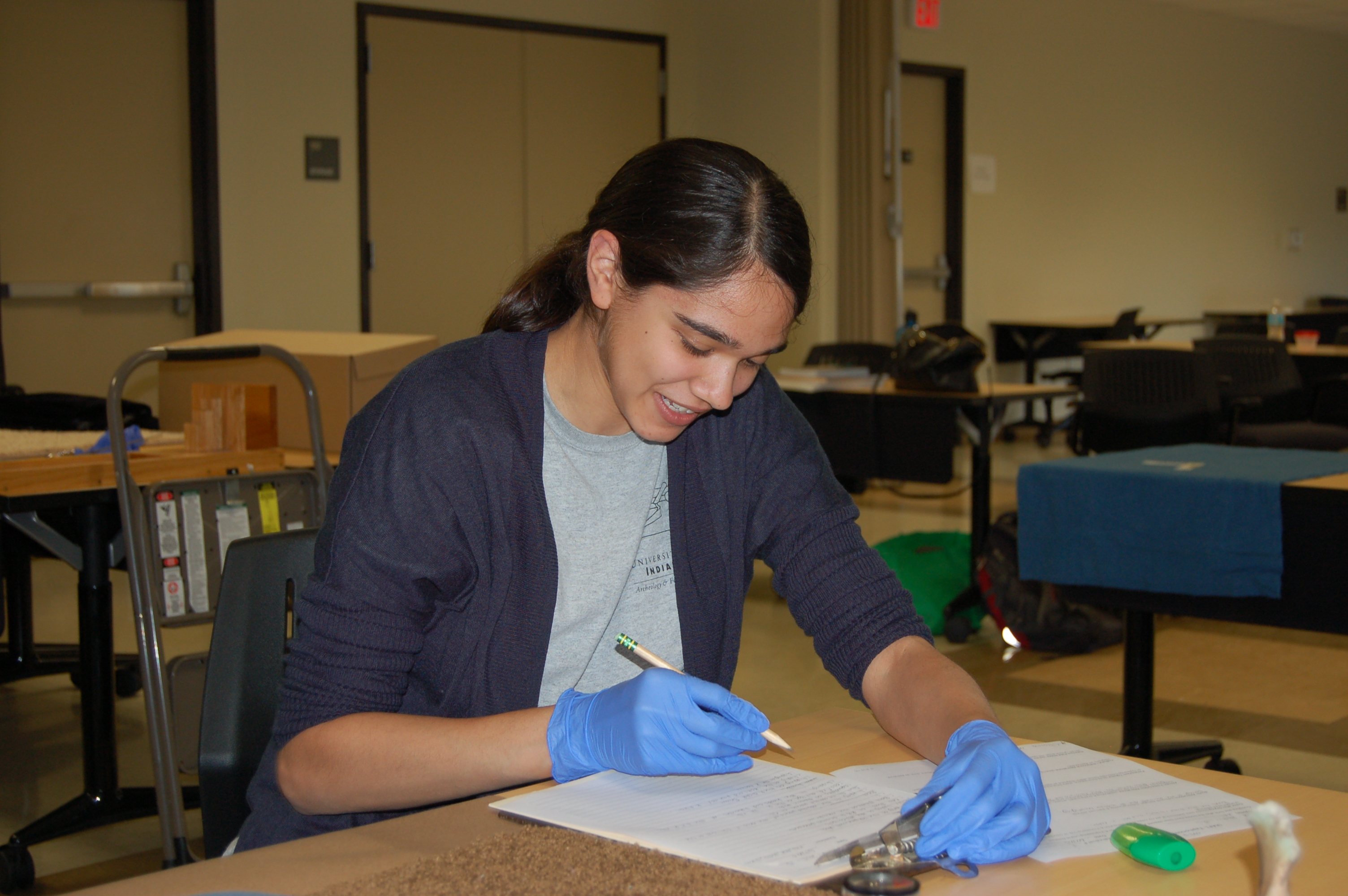 Amanda recording information about the individual in the case file.
Amanda recording information about the individual in the case file.
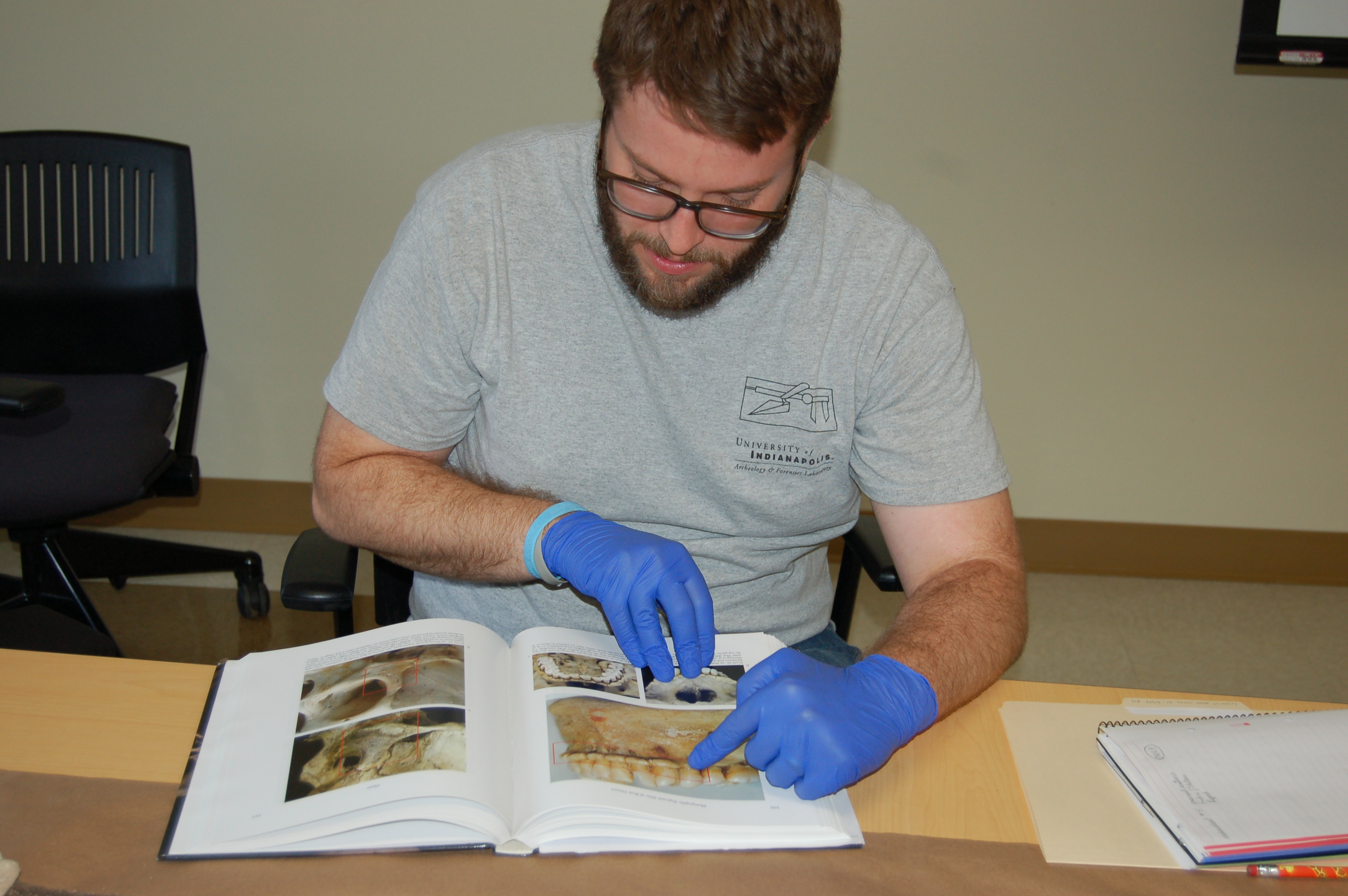 Justin referencing a pathology book.
Justin referencing a pathology book.
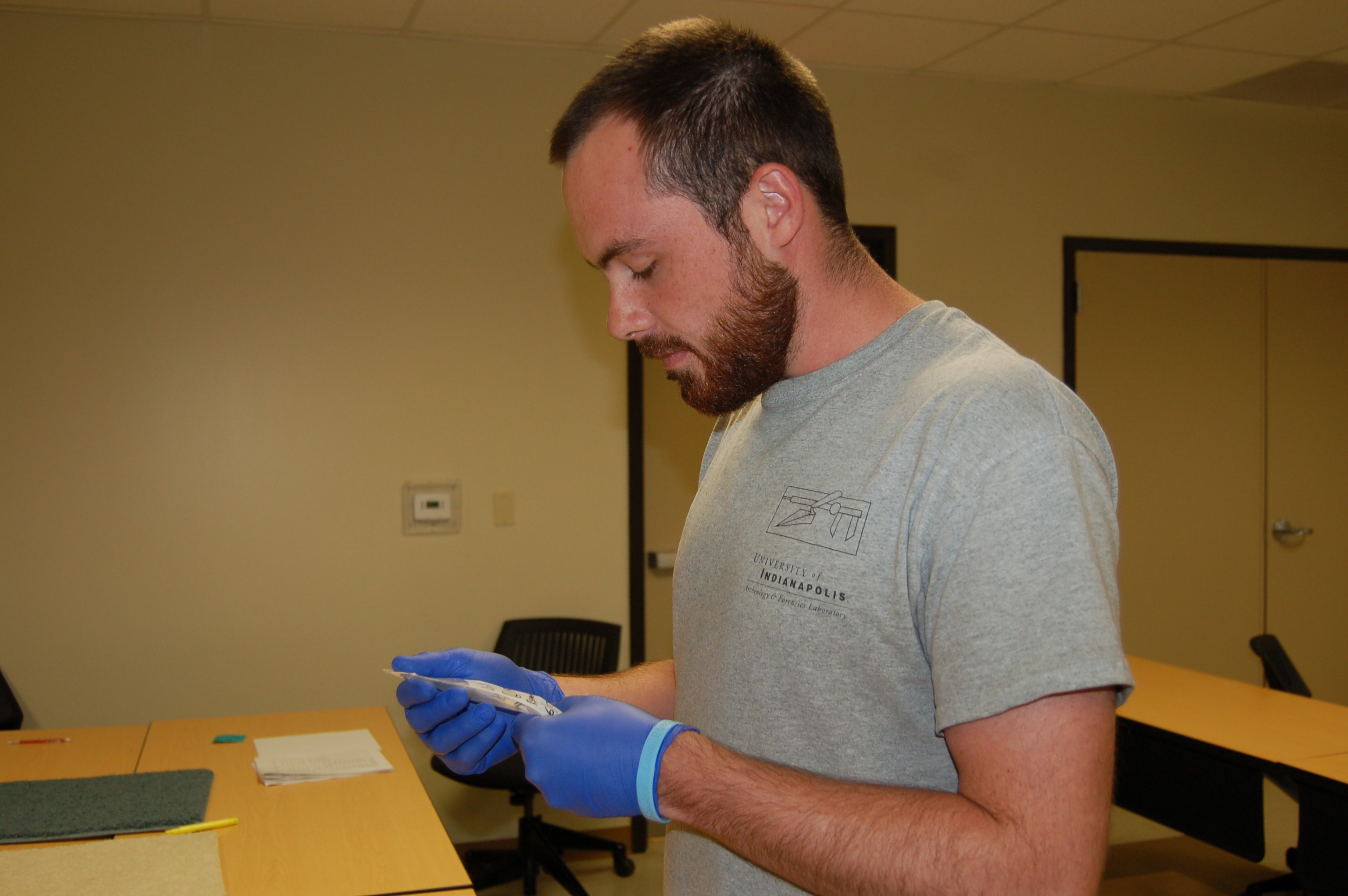 Ryan collecting samples for DNA analysis.
Ryan collecting samples for DNA analysis.
~KEL

